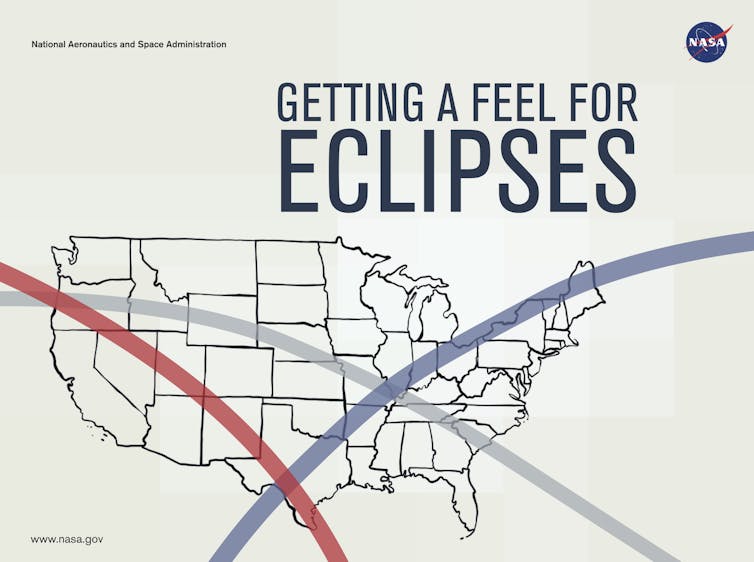Scientists are probing the head games that influence athletic performance, from coaching to coping with pressure
Since the early years of this century, it has been commonplace for computerized analyses of athletic statistics to guide a baseball manager’s choice of pinch hitter, a football coach’s decision to punt or pass, or a basketball team’s debate over whether to trade a star player for a draft pick.
But many sports experts who actually watch the games know that the secret to success is not solely in computer databases, but also inside the players’ heads. So perhaps psychologists can offer as much insight into athletic achievement as statistics gurus do.
Sports psychology has, after all, been around a lot longer than computer analytics. Psychological studies of sports appeared as early as the late 19th century. During the 1970s and ’80s, sports psychology became a fertile research field. And within the last decade or so, sports psychology research has exploded, as scientists have explored the nuances of everything from the pursuit of perfection to the harms of abusive coaching.
“Sport pervades cultures, continents, and indeed many facets of daily life,” write Mark Beauchamp, Alan Kingstone and Nikos Ntoumanis, authors of an overview of sports psychology research in the 2023 Annual Review of Psychology.
Their review surveys findings from nearly 150 papers investigating various psychological influences on athletic performance and success. “This body of work sheds light on the diverse ways in which psychological processes contribute to athletic strivings,” the authors write. Such research has the potential not only to enhance athletic performance, they say, but also to provide insights into psychological influences on success in other realms, from education to the military. Psychological knowledge can aid competitive performance under pressure, help evaluate the benefit of pursuing perfection and assess the pluses and minuses of high self-confidence.
Confidence and choking
In sports, high self-confidence (technical term: elevated self-efficacy belief) is generally considered to be a plus. As baseball pitcher Nolan Ryan once said, “You have to have a lot of confidence to be successful in this game.” Many a baseball manager would agree that a batter who lacks confidence against a given pitcher is unlikely to get to first base.
Various studies suggest that self-talk can increase confidence, enhance focus, control emotions and initiate effective actions.
And in fact, a lot of psychological research actually supports that view, suggesting that encouraging self-confidence is a beneficial strategy. Yet while confident athletes do seem to perform better than those afflicted with self-doubt, some studies hint that for a given player, excessive confidence can be detrimental. Artificially inflated confidence, unchecked by honest feedback, may cause players to “fail to allocate sufficient resources based on their overestimated sense of their capabilities,” Beauchamp and colleagues write. In other words, overconfidence may result in underachievement.
Other work shows that high confidence is usually most useful in the most challenging situations (such as attempting a 60-yard field goal), while not helping as much for simpler tasks (like kicking an extra point).
Of course, the ease of kicking either a long field goal or an extra point depends a lot on the stress of the situation. With time running out and the game on the line, a routine play can become an anxiety-inducing trial by fire. Psychological research, Beauchamp and coauthors report, has clearly established that athletes often exhibit “impaired performance under pressure-invoking situations” (technical term: “choking”).
In general, stress impairs not only the guidance of movements but also perceptual ability and decision-making. On the other hand, it’s also true that certain elite athletes perform best under high stress. “There is also insightful evidence that some of the most successful performers actually seek out, and thrive on, anxiety-invoking contexts offered by high-pressure sport,” the authors note. Just ask Michael Jordan or LeBron James.
Many studies have investigated the psychological coping strategies that athletes use to maintain focus and ignore distractions in high-pressure situations. One popular method is a technique known as the “quiet eye.” A basketball player attempting a free throw is typically more likely to make it by maintaining “a longer and steadier gaze” at the basket before shooting, studies have demonstrated.
“In a recent systematic review of interventions designed to alleviate so-called choking, quiet-eye training was identified as being among the most effective approaches,” Beachamp and coauthors write.
Another common stress-coping method is “self-talk,” in which players utter instructional or motivational phrases to themselves in order to boost performance. Saying “I can do it” or “I feel good” can self-motivate a marathon runner, for example. Saying “eye on the ball” might help a baseball batter get a hit.
Researchers have found moderate benefits of self-talk strategies for both novices and experienced athletes, Beauchamp and colleagues report. Various studies suggest that self-talk can increase confidence, enhance focus, control emotions and initiate effective actions.
Moderate performance benefits have also been reported for other techniques for countering stress, such as biofeedback, and possibly meditation and relaxation training.
“It appears that stress regulation interventions represent a promising means of supporting athletes when confronted with performance-related stressors,” Beauchamp and coauthors conclude.
Pursuing athletic perfection
Of course, sports psychology encompasses many other issues besides influencing confidence and coping with pressure. Many athletes set a goal of attaining perfection, for example, but such striving can induce detrimental psychological pressures. One analysis found that athletes pursuing purely personal high standards generally achieved superior performance. But when perfectionism was motivated by fear of criticism from others, performance suffered.
Similarly, while some coaching strategies can aid a player’s performance, several studies have shown that abusive coaching can detract from performance, even for the rest of an athlete’s career.
Beauchamp and his collaborators conclude that a large suite of psychological factors and strategies can aid athletic success. And these factors may well be applicable to other areas of human endeavor where choking can impair performance (say, while performing brain surgery or flying a fighter jet).
But the authors also point out that researchers shouldn’t neglect the need to consider that in sports, performance is also affected by the adversarial nature of competition. A pitcher’s psychological strategies that are effective against most hitters might not fare so well against Shohei Ohtani, for instance.
Besides that, sports psychology studies (much like computer-based analytics) rely on statistics. As Adolphe Quetelet, a pioneer of social statistics, emphasized in the 19th century, statistics do not define any individual — average life expectancy cannot tell you when any given person will die. On the other hand, he noted, no single exceptional case invalidates the general conclusions from sound statistical analysis.
Sports are, in fact, all about the quest of the individual (or a team) to defeat the opposition. Success often requires defying the odds — which is why gambling on athletic events is such a big business. Sports consist of contests between the averages and the exceptions, and neither computer analytics nor psychological science can tell you in advance who is going to win. That’s why they play the games.
Knowable









 Lowering disease risk. Getting the recommended amount of physical activity (at least 150 minutes of moderate, 75 minutes of vigorous or a combination of those activities per week) is linked to lower risk of diseases, stronger bones and muscles, improved mental health and cognitive function and lower risk of depression, according to the U.S Department of Health and Human Services.
Lowering disease risk. Getting the recommended amount of physical activity (at least 150 minutes of moderate, 75 minutes of vigorous or a combination of those activities per week) is linked to lower risk of diseases, stronger bones and muscles, improved mental health and cognitive function and lower risk of depression, according to the U.S Department of Health and Human Services.













